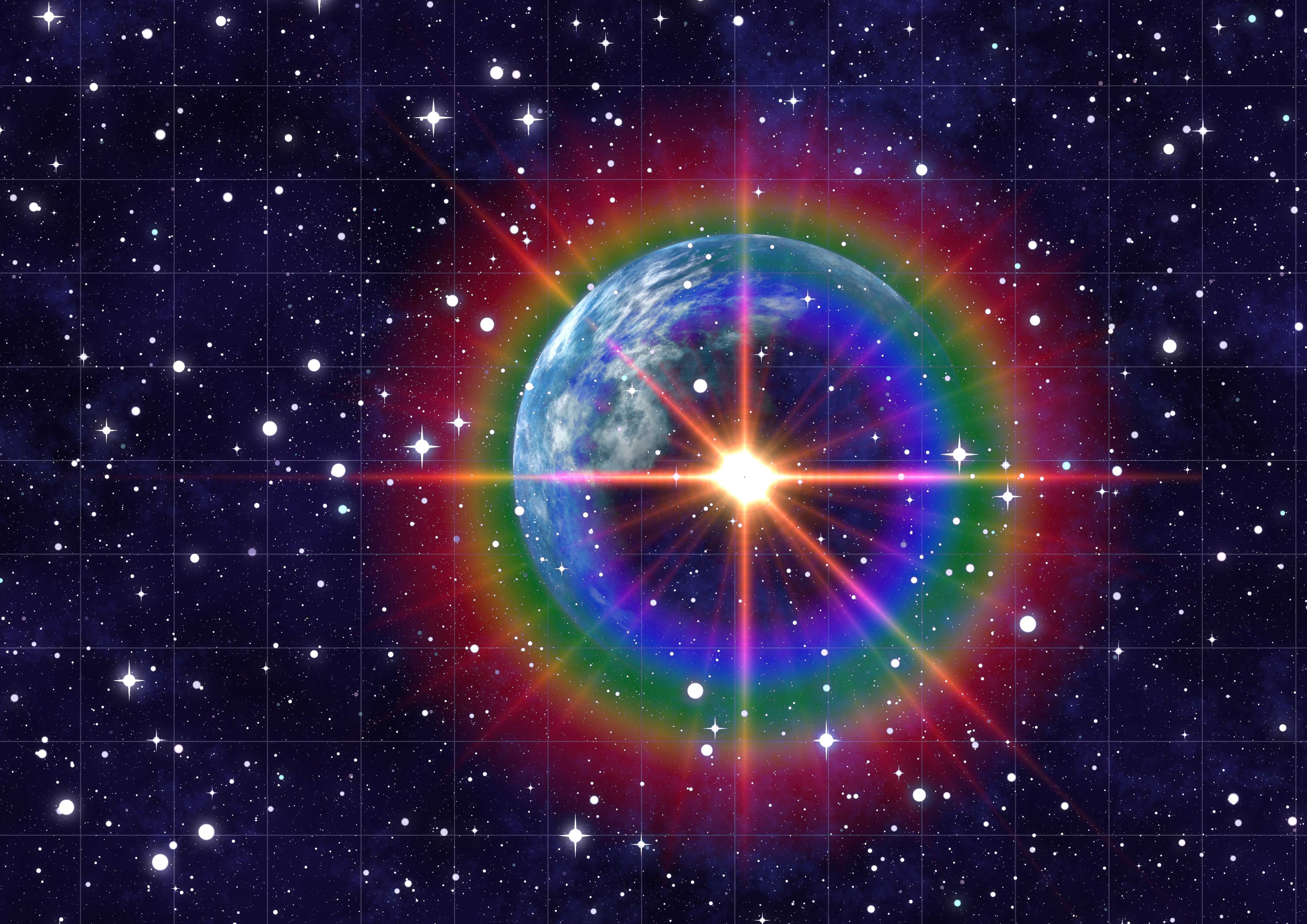Imagine being a young teen or adult watching the Night of the Creeps (1986). It’s a zombie apocalypse set in a US high school. Recent shows are packed with how to survive a zombie apocalypse and, if anything, the remake of Resident Evil 2 (1998, 2019) states that zombies or the living dead are still part of our imaginative apparel. What is significant about both is that, though they are predominantly placed in the horror genre, they possess crucial elements of science fiction. In the lore of the Night of the Creeps, some parasite from outer space uses human bodies as incubation spaces, rendering the body medically dead so as to inhibit its immune system and autonomy. In Resident Evil 2, a variation of the G-virus/Golgotha virus starts mutating cells in human bodies making them the living dead. Cancers, autoimmune failures and our body becoming out of our control play a dominant part in medical research. There is nothing fully fictional about those aspects. They do happen.
Science Fiction is a genre that blends well with many others and intersects with a variety of issues. The reason many popular and literary authors wish to distance themselves from this category probably has to do with the genre’s contentious nature as ‘serious’ literature. Similarly to romance novels, science fiction gets a bad reputation for its seemingly fantastical or ‘inconceivable’ subject matters. Yet, it is important to note that what was once considered impossible has been made very possible indeed more than a few times throughout the course of history. Scientists are now finding out that editing DNA is a new frontier of science. The Opportunity Rover saying its battery is low is a reminder of 2001: Space Odyssey (1968) when HAL sings Daisy as a goodbye. Science Fiction is an investigation or experimentation of a possible future. It is not merely always a thought experiment. If so, most theories put into practice begin with a fragment, a hypothesis.
One critique of science fiction that has some credibility is its Eurocentric or masculinist approaches. It centres a Caucasian man with unfettered access to the universe at large, driven by his abstract thirst for adventure. In March, at the University of Leeds, I attended a workshop entitled ‘Publishing the Transcultural Fantastic’. Included in the workshop was an illustrated version of Begum Rokeya’s Sultana’s Dream (1905), an early Bengali science fiction. The short story is rich in feminist symbolism, environmental conservation and a utopian use of technology that becomes not an instrument of facilitating dominance, but rather of harnessing sustainable energy. Rokeya’s vision over a hundred years ago is the pinnacle of today’s modern crisis of finding alternative, viable sources of energy. No one can deny her place as a serious writer.
The snobbery is all to do with cultural hierarchies. Literariness is meant to seize the day, talk about psychological issues, deep melancholy and “important” issues of everydayness and war. Those categories in themselves are modernist and are not universal. Postmodernist randomness has also been criticised for recycling modernist elements by simply recasting them. Science fiction seeks to now eschew recycling, unless it is an environmental imperative, and ask new or refined questions. If Science Fiction is criticised for not involving the domestic or everyday life then it is the fault of a liminal vision and not the genre in itself. In Kazue Ishiguro’s Never Let Me Go (2005), the value of ordinary life is mandatory to the narrative and how it can be taken away due to discrimination. In the forgotten gem, The Fortunate Fall (1996) by Raphael Carter, bodies, sexuality, homophobia and interspecies economies are shown to direct societies as a whole.
Even colour perception is shown to be important and the ability to dilate pupils in Jasper Fforde’s Shades of Grey (2011). The human-like beings in the novel seem to have no RGB orientation hence a new discriminatory hierarchy is based on who can see what colour. Colour becomes the currency of that world. And, if anyone reads about the history of colour production in our own planet and how people were colonised to eventual exposure to toxic substances, it is not a far-fetched possibility to have a society based on colour perception.
Another false belief is that science fiction is inherently dystopian or about a ‘future’. The Netflix show Love, Death + Robots travels from outer body experiences, spirituality to the power of love and reunion as epicentres of sentient life. If some episodes seem ontological truths, others reject grand narratives to a ‘job well done’, to a present that can resist the greed of consumption.
Science Fiction is resilient because human beings and other species constantly amaze with their adaptability and resistance to complacency. It is not merely popular culture for consumption, rather it can reshape how we utilise consumption in our everyday lives. Leave the snobbery at the door and embrace the zen of not knowing but questioning: what can I know?
Zarin Rafiuddin

